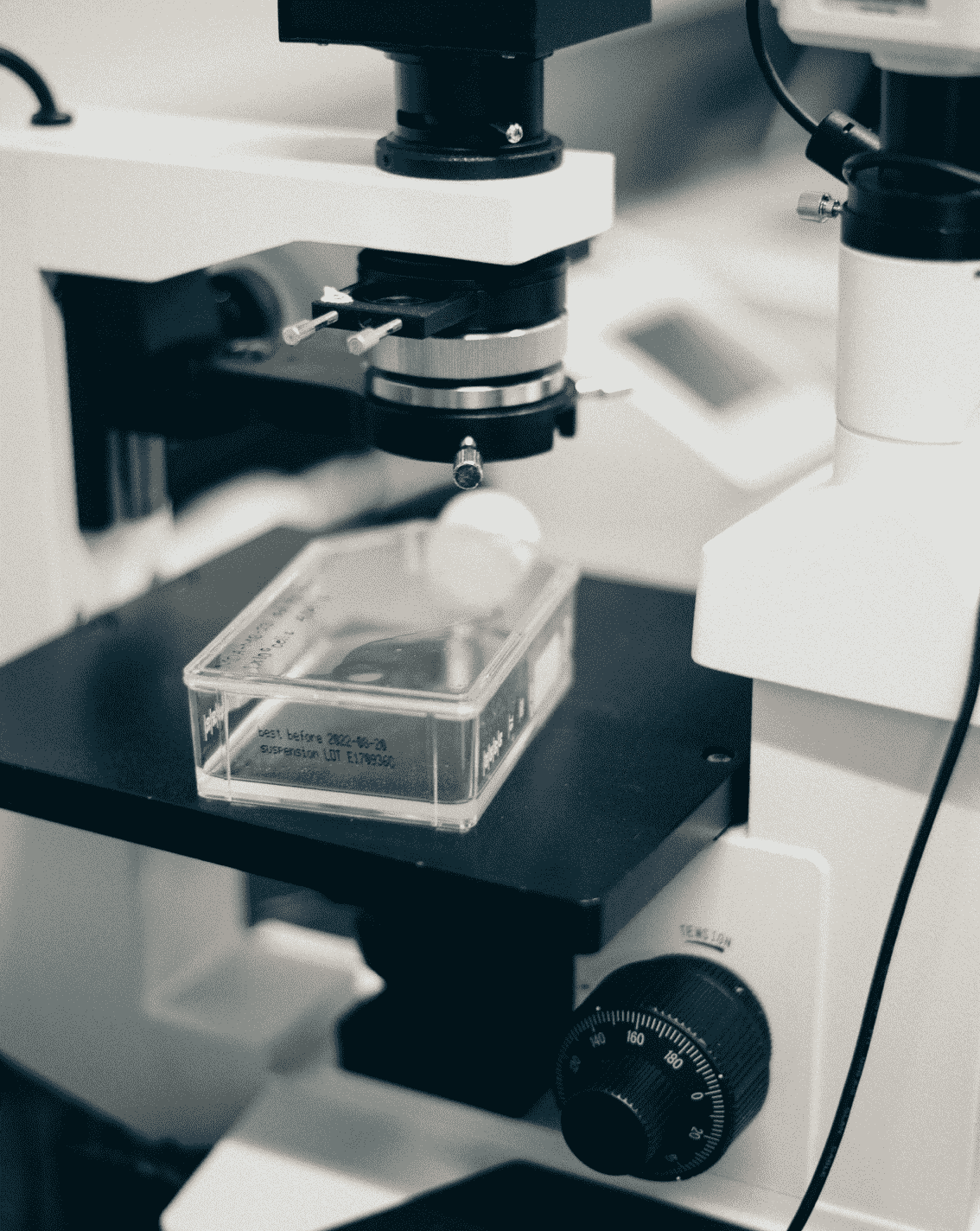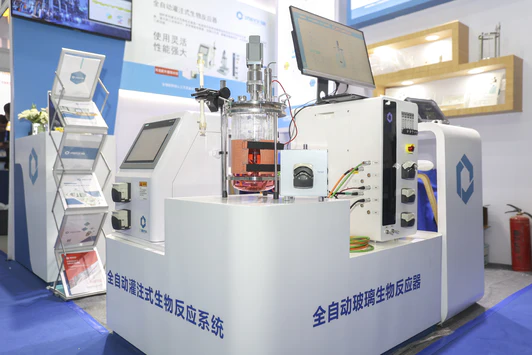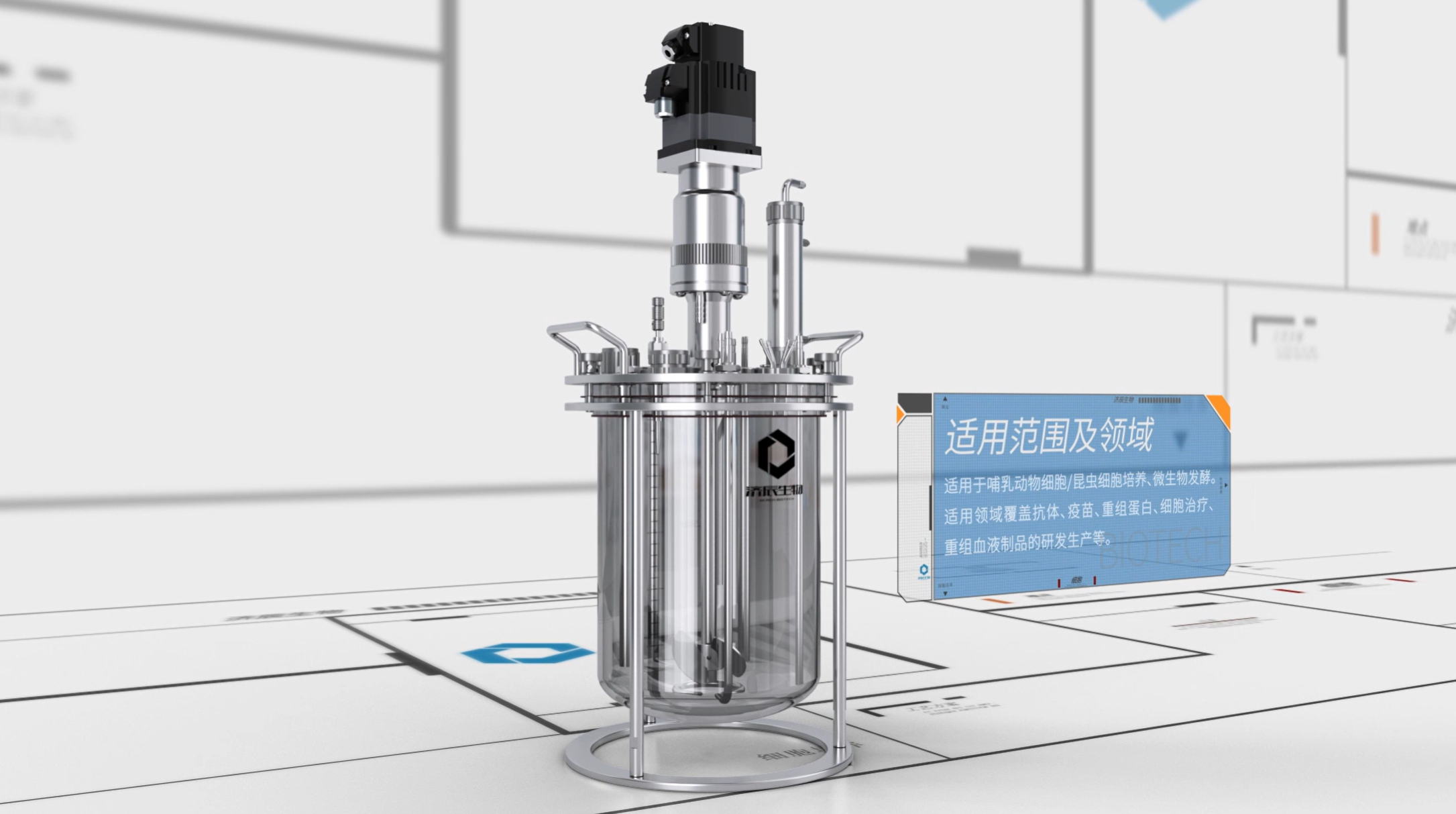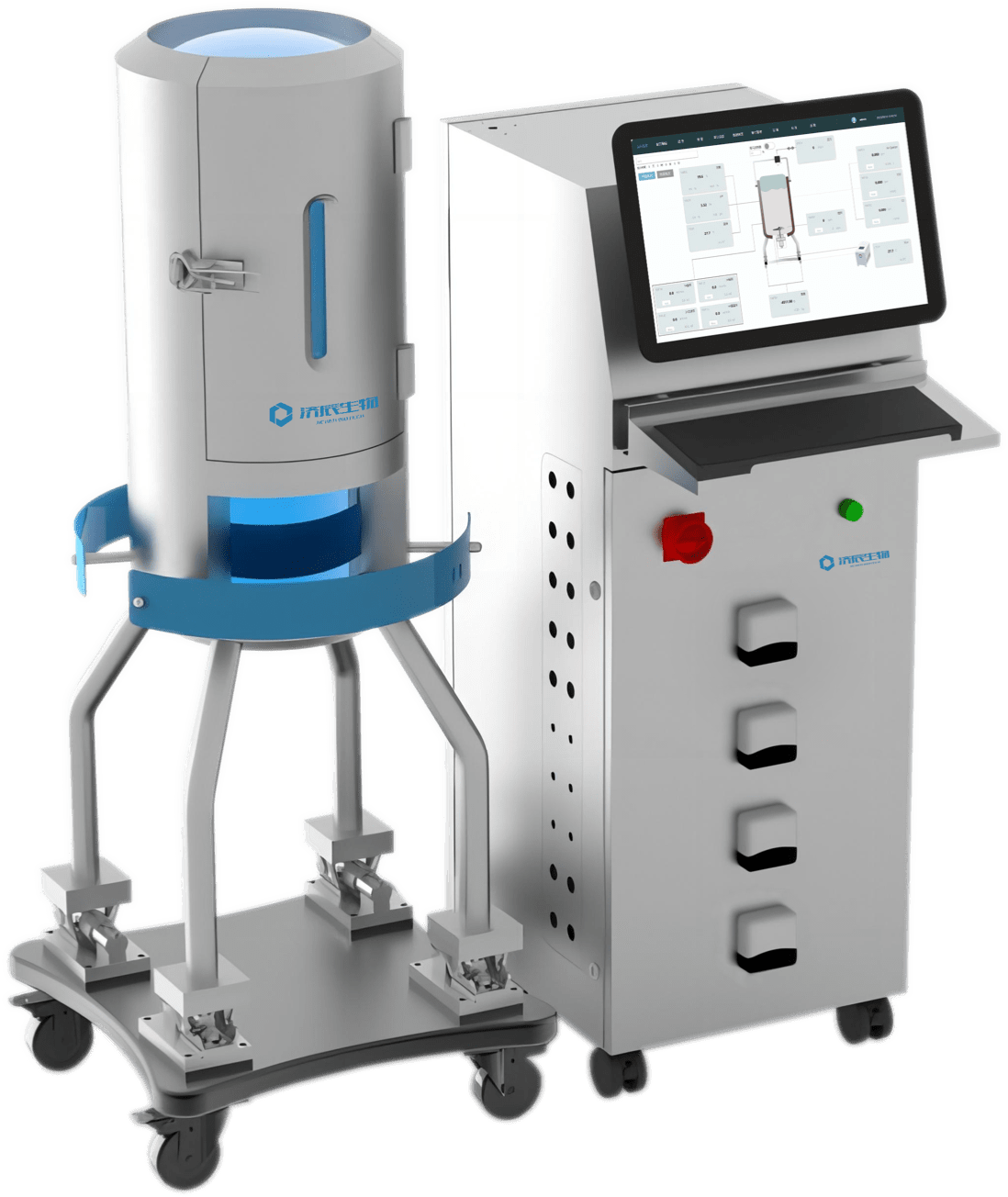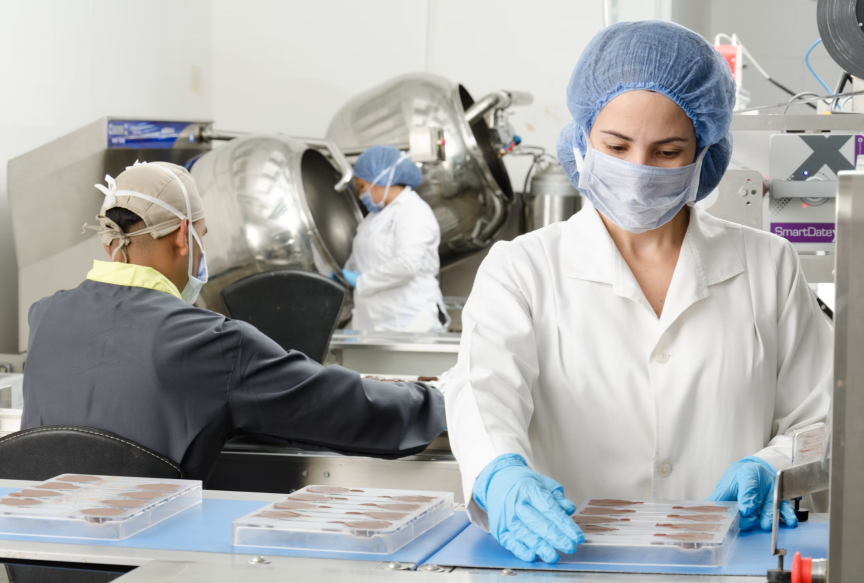Bioreactors have become an integral part of various industries, including pharmaceuticals, food and beverage, environmental protection, and renewable energy. These systems mimic natural biological processes, offering a controlled environment for the growth and maintenance of living organisms. In this article, we will delve into the primary goals of bioreactors and their significance in diverse fields.
1. What is a Bioreactor?
A bioreactor is a vessel designed to support biological reactions by providing optimal conditions for the growth and metabolism of microorganisms, cells, or enzymes. These systems can be operated in batch, fed-batch, or continuous modes, depending on the specific requirements of the process. Bioreactors are equipped with various sensors and control mechanisms to maintain the desired environmental conditions, such as temperature, pH, dissolved oxygen, and agitation.
2. Goals of Bioreactors
1.1. Efficient Production of Biochemicals and Bioactive Compounds
One of the primary goals of bioreactors is to facilitate the efficient production of biochemicals and bioactive compounds. Microorganisms and cells can be engineered to produce a wide range of valuable products, including antibiotics, enzymes, vaccines, and therapeutic proteins. By optimizing the bioreactor conditions, it is possible to achieve high yields and purity of these products, reducing the overall production costs.
1.2. Environmental Bioremediation
Bioreactors play a crucial role in environmental protection by facilitating the degradation of pollutants in contaminated soil, water, and air. The goal is to harness the metabolic capabilities of microorganisms to break down hazardous substances into less toxic forms. Bioreactors can be designed to treat specific types of pollutants, such as hydrocarbons, heavy metals, and organic solvents, thereby contributing to the restoration of ecosystems.
1.3. Wastewater Treatment
Another important goal of bioreactors is the treatment of wastewater, which contains various organic and inorganic contaminants. By promoting the growth of specific microorganisms, bioreactors can effectively remove pollutants, such as nutrients (nitrogen and phosphorus), organic carbon, and pathogens. This process not only helps in reducing the environmental impact of wastewater but also enables the recovery of valuable resources.
1.4. Production of Biofuels and Biomaterials
Bioreactors are increasingly being used for the production of renewable energy sources, such as bioethanol, biodiesel, and biogas. The goal is to convert biomass, including agricultural residues, municipal solid waste, and energy crops, into sustainable fuels through microbial fermentation or anaerobic digestion. Additionally, bioreactors can be employed to produce biomaterials, such as bioplastics and biofibers, which offer eco-friendly alternatives to traditional materials.
1.5. Cell Culture and Tissue Engineering
In the field of biomedical research and regenerative medicine, bioreactors serve as essential tools for cell culture and tissue engineering. The goal is to create an environment that supports the growth, differentiation, and functionality of cells and tissues. Bioreactors can mimic the physiological conditions found in the human body, allowing for the development of novel treatments and the study of disease mechanisms.
1.6. Vaccine Production
The recent COVID-19 pandemic has highlighted the importance of bioreactors in vaccine production. The goal is to produce large quantities of safe and effective vaccines in a short period. Bioreactors enable the scaled-up production of viral vectors, recombinant proteins, and other vaccine components, ensuring a rapid response to emerging infectious diseases.
Bioreactors have diverse goals and applications across various industries. From the production of bioactive compounds and biofuels to environmental protection and biomedical research, these systems contribute significantly to sustainable development and human welfare. By understanding the primary goals of bioreactors, researchers and industry professionals can continue to optimize these systems, leading to innovative solutions for the challenges of the future.
